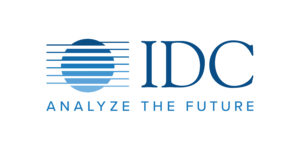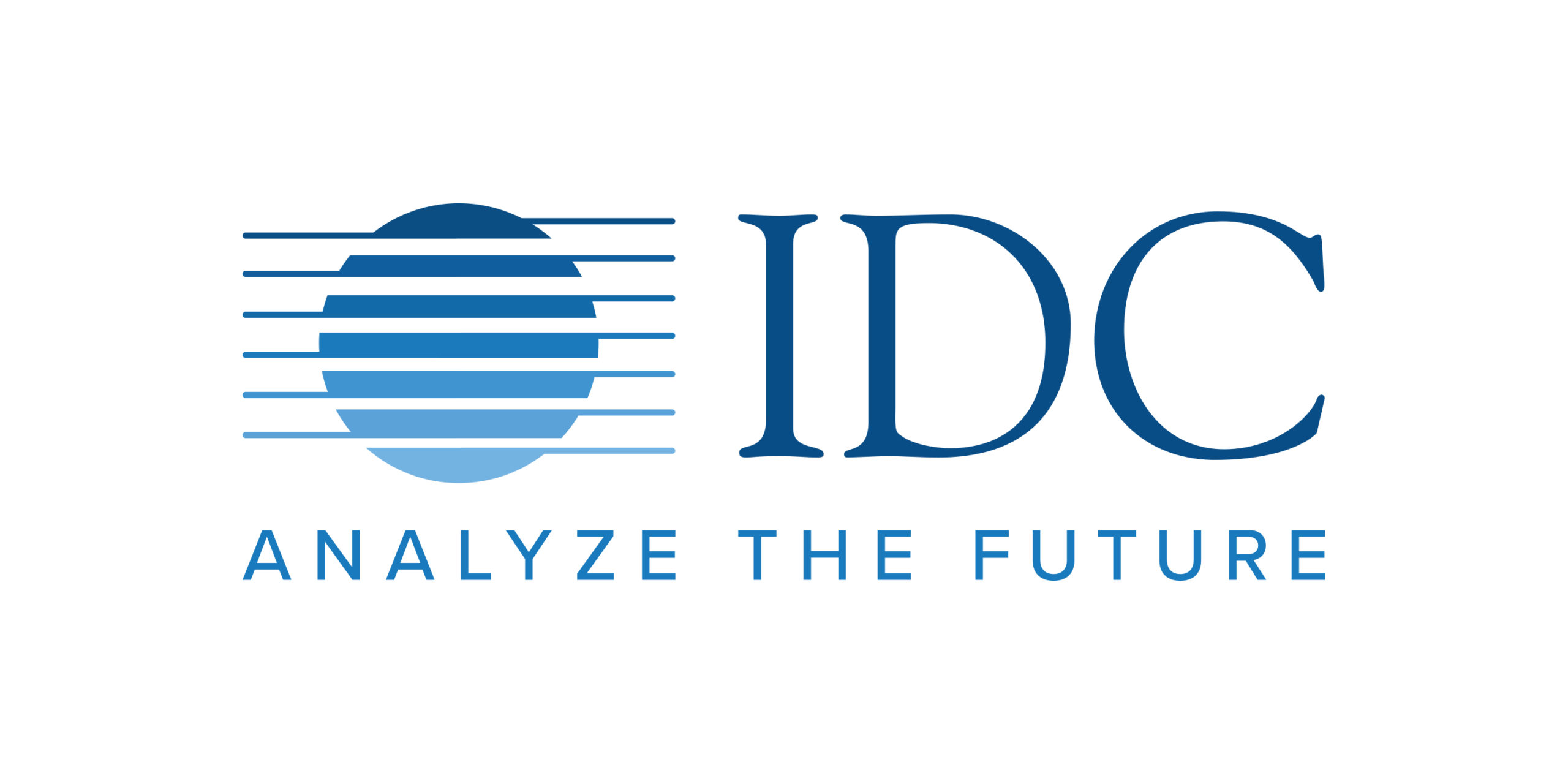Bengaluru, NFAPost: India PC market traditionally including desktops, notebooks, and workstations, has delivered another strong quarter with shipments growing by 27.0% year-over-year (YoY) in 4Q20, according to new data from the International Data Corporation (IDC) Worldwide Quarterly Personal Computing Device Tracker.
India PC Market Growth Drivers in 4Q20

2.9 million PCs were shipped in 4Q20 (Oct-Dec), with notebooks growing 62.1% YoY to contribute more than three-fourths of total shipments. The growth driver continues to be the demand from e-learning and remote working, leading to a 74.1% and 14.1% annual growth in the consumer and enterprise segments, respectively.
2020 ended as the biggest year for notebooks with 7.9-million-unit shipments during the year. Notebook shipments grew by 6.0% in 2020.
However, if we exclude the mega ELCOT deal, notebooks witnessed an impressive 34.3% YoY growth this year. Had the industry not been challenged by the component shortages, notebook shipments could have been much higher during the year.
Desktop Shipments Show Negative Growth in 4Q20
Contrary to this, desktop shipments saw a decline of 33.2% in 2020 as companies reduced their spending on fixed computing devices and preferred mobile devices to manage their operations remotely. This led to a 6.4% decline for the overall PC market in 2020.
“The massive demand in the consumer segment driven by online learning led the exceptional performance of notebooks. Likewise, gaming notebook PCs were one of the fastest-growing categories, further proof of the growing importance of gaming in the country,” said Bharath Shenoy, Market Analyst, PC Devices, IDC India.
Commenting on the ongoing momentum of notebooks, Shenoy adds, “The market saw demand across the price bands and concluded the biggest fourth-quarter shipments for notebooks in India. However, the severe supply challenges for entry-level CPUs and panels restricted the growth, as supply remains much lower than the current demand in the country.”
Top 5 Company Highlights: 4Q20
Dell Technologies
Dell Technologies replaced HP for the top position in the overall PC market, as its shipments grew 57.1% YoY in 4Q20. The vendor also led the commercial segment with a share of 32.7% resulting in 15.2% YoY growth a despite decline in the commercial segment during 4Q20. Dell’s consumer shipments registered an impressive 159.1% YoY growth and maintained the lead for the second position in the category.
HP Inc.
HP Inc. secured the second position with a 26.7% share with 8.8% YoY growth in 4Q20. The tech giant remained the leader for the full year of 2020. Also, the company maintained its lead in the consumer segment as its shipments grew 47.3% from the same quarter a year ago. However, supply constraints restricted its growth in the commercial segment.
Lenovo
Lenovo slipped to the third position as its share dropped to 18.4% in 4Q20 from 21.7% in 3Q20. Strong momentum in its SMB and consumer segments helped the vendor to register 3.7% YoY growth in 4Q20.
Acer Group
Acer Group retained the fourth position with an 8.5% market share in 4Q20. However, the vendor registered an 11.0% decline in its overall shipments, mainly because of its heavy reliance on desktops, which fell 36.9% from the same time a year ago.
ASUS
ASUS maintained the fifth position with a share of 6.4% as it grew an impressive 183.6% YoY in 4Q20. Its VivoBook 15, VivoBook 14 and TUF Gaming models continued to be the frontrunner in its growth. Also, a balanced portfolio in the online and offline channels helped the brand to sustain this growth.
Commenting on the future outlook, Jaipal Singh, Associate Research Manager, Client Devices, IDC India said, “2021 will give another opportunity to the vendors to leverage the missed prospects due to supply constraints in 2020. So far, consumer demand does not seem to be abating anytime soon, and enterprises also continue to place fresh orders. Additionally, many government education deals are under discussion which can set a strong foundation for 2021.
“However, if the current supply challenges continue for some more months, it can offset the ongoing demand to some extent. Availability of the devices will not only be critical for the category growth but will play an important role in the expansion of the market in the country.”







